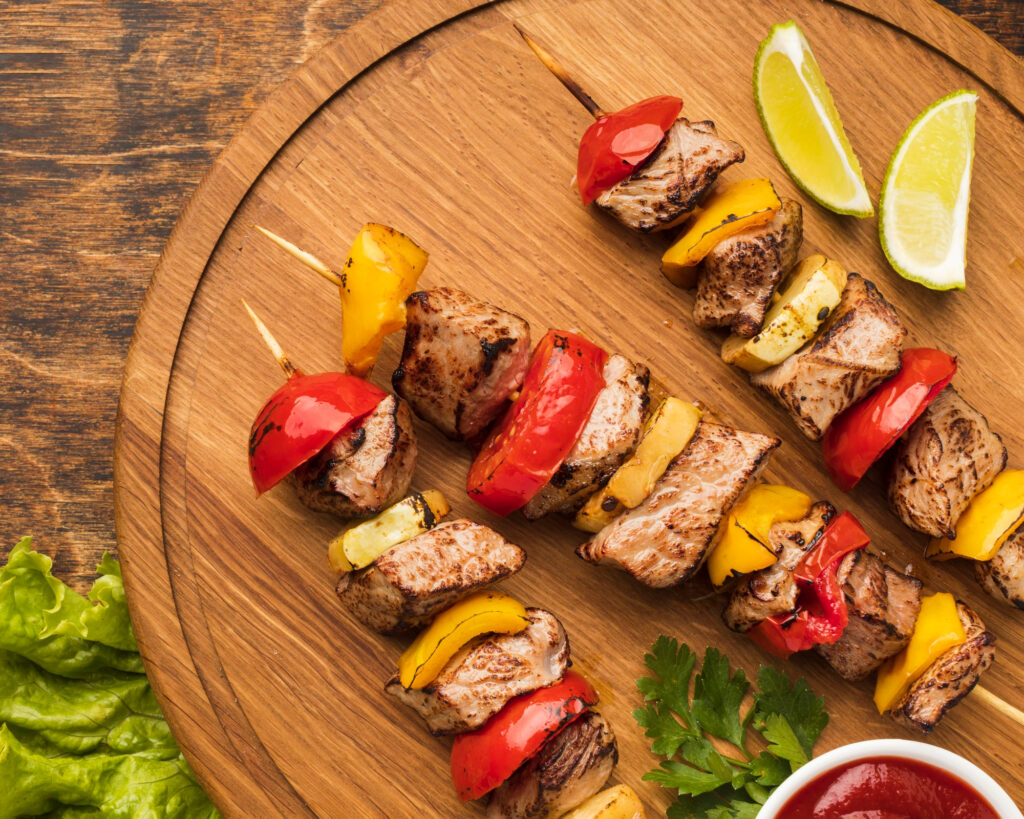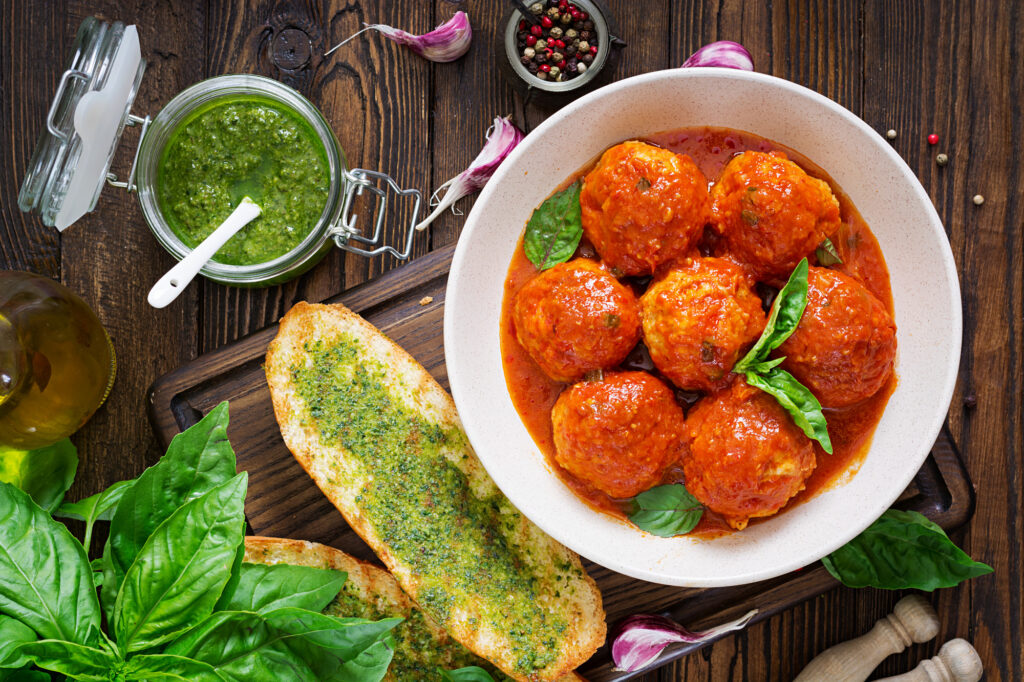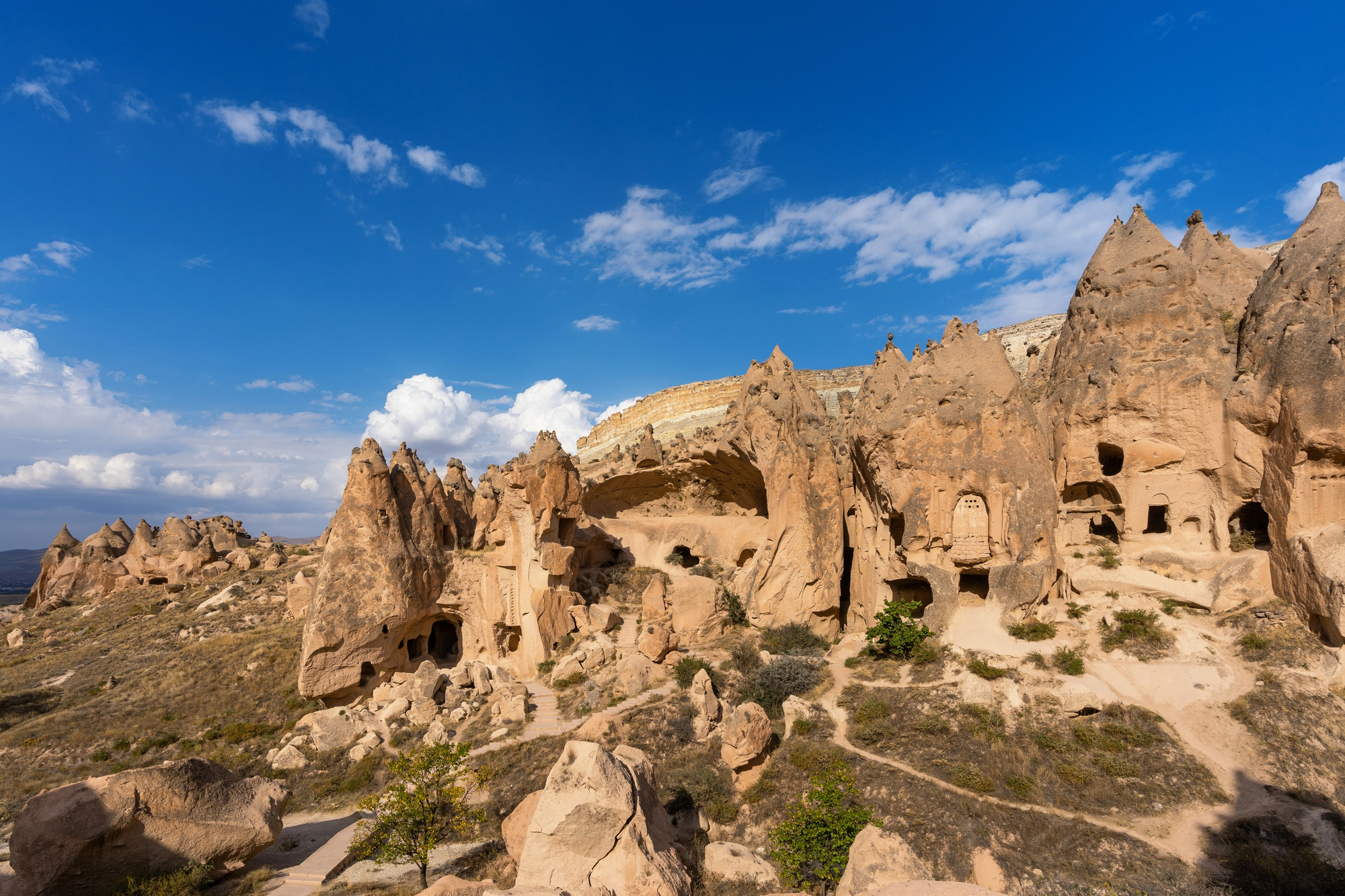History
The United Arab Emirates has a rich history that dates back to the 3rd millennium BCE, when the region was inhabited by the Umm an-Nar culture, one of the earliest known civilizations in the area. This ancient culture was known for its circular tombs and distinctive pottery. Over the centuries, the region was influenced by various civilizations, including the Babylonians, Persians, and Portuguese, who established trade routes and coastal settlements. In the 19th century, the Trucial States (present-day UAE) signed treaties with Britain, becoming a British protectorate.

The discovery of oil in the 1950s led to rapid economic development and the formation of the UAE federation in 1971, uniting the seven emirates of Abu Dhabi, Dubai, Sharjah, Ajman, Umm Al Quwain, Ras Al Khaimah, and Fujairah. Each of these emirates has its own unique history and traditions that contribute to the cultural tapestry of the UAE.
Tourism place
The United Arab Emirates (UAE) is a country located in Western Asia, at the southeastern tip of
the Arabian Peninsula. It’s known for its glitzy skyscrapers, luxurious shopping, and traditional
souks. Here are some of the top places to visit in the UAE
- Burj Khalifa
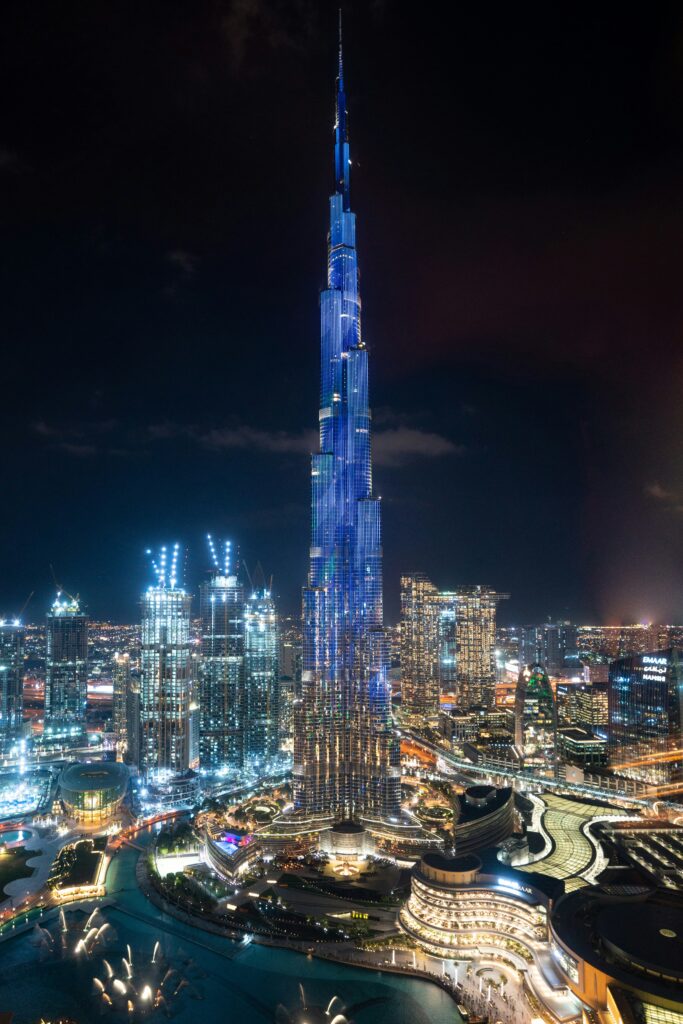
Observation decks on the 124th and 148th floors offer panoramic city views. The Dubai Fountain show is a popular attraction at its base.
- Sheikh Zayed Grand Mosque

The Sheikh Zayed Grand Mosque is located in Abu Dhabi,
the capital of the United Arab Emirates. It is one of the largest mosques in the world, and
is known for its white marble exterior and intricate Islamic architecture. The mosque is a
popular tourist destination, and is open to visitors of all
- The Dubai Fountain
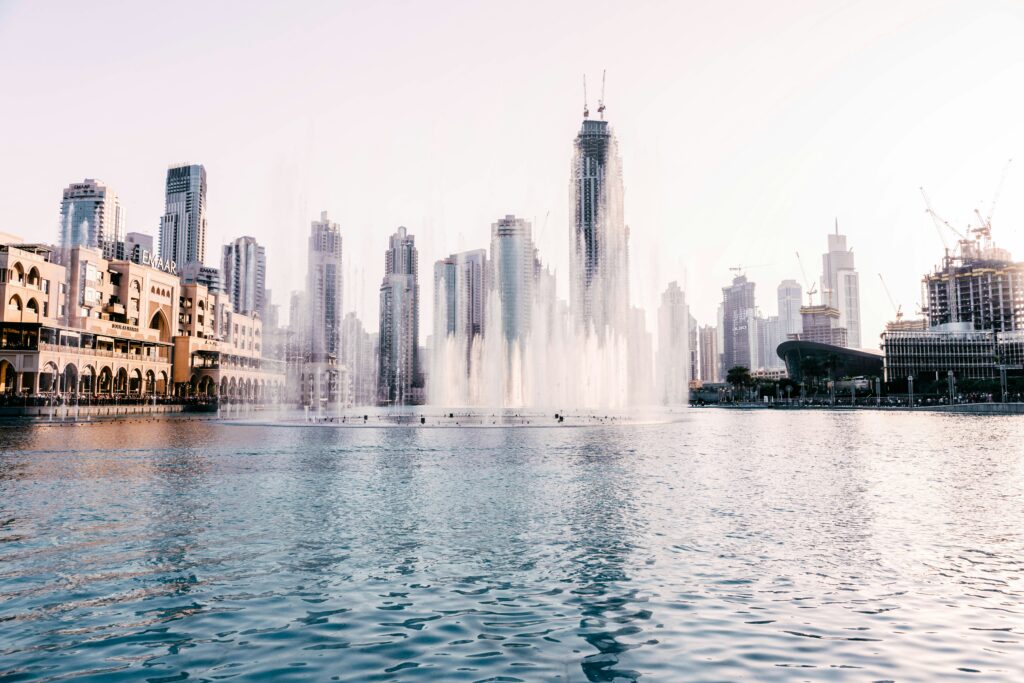
The Dubai Fountain is a choreographed fountain system located on
Burj Khalifa Lake in Dubai, United Arab Emirates. It is the largest choreographed fountain
system in the world, and is a popular tourist attraction. The fountain performs daily shows
with music and colored lights
- Desert Safari

A desert safari is a popular activity in the UAE, where visitors can
experience the beauty of the Arabian Desert. Desert safaris typically include dune bashing,
camel riding, and sand boarding. Visitors can also enjoy a traditional barbecue dinner under
the stars.
- Louvre Abu Dhabi

The Louvre Abu Dhabi is an art museum located in Abu Dhabi,
United Arab Emirates. It is part of a cultural collaboration between the United Arab
Emirates and France. The museum houses a collection of artifacts and artworks from
around the world, including pieces from ancient Egypt, Mesopotamia, and Europe.
- Al Fahidi Historical Neighborhood

Visitors can explore traditional wind-tower houses, museums, and cultural exhibits.
- Dubai Museum

The Dubai Museum is the main museum in Dubai, United Arab Emirates.
It is located in Al Fahidi Historical Neighborhood, in the traditional Bur Dubai area. The
museum traces the history of Dubai and the United Arab Emirates from the earliest times
to the present day. The museum’s collection includes archaeological artifacts, maps, and
traditional household objects.
- Hatta

Hatta is a mountainous region located in the Emirate of Dubai, United Arab
Emirates. It is known for its scenic beauty, and is a popular getaway for residents of Dubai.
Hatta is home to a number of hiking trails, waterfalls, and dams. Visitors can also enjoy
activities such as kayaking, mountain biking, and camping.
- Jebel Hafeet
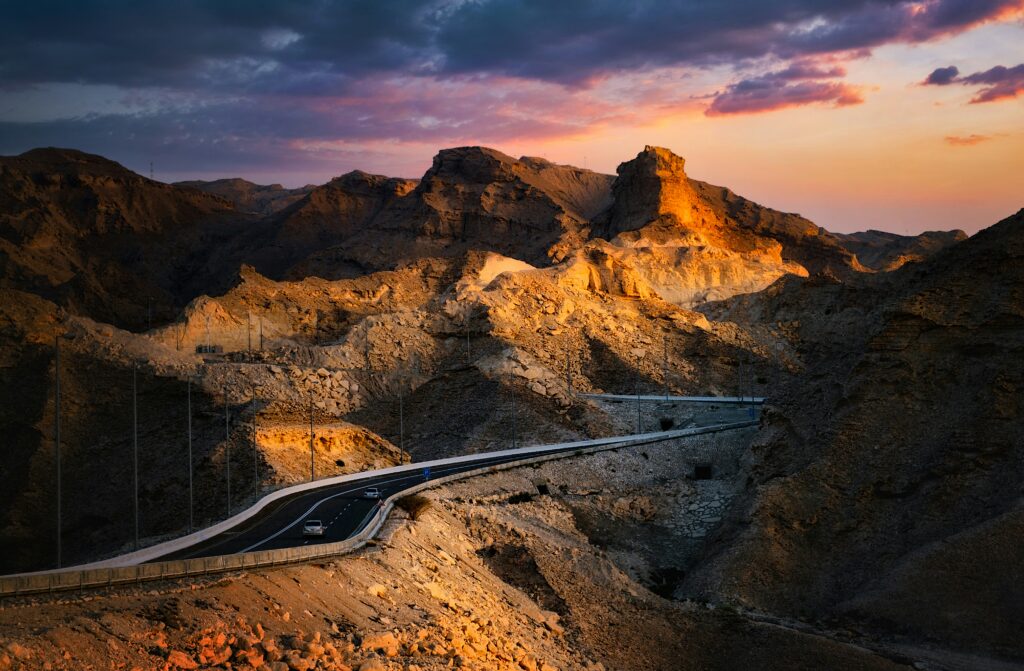
Jebel Hafeet is a mountain located in the Emirate of Abu Dhabi, United Arab
Emirates. It is the highest point in the emirate, and offers stunning views of the surrounding
area. Visitors can drive to the top of the mountain, or take a cable car. There are also a
number of hiking trails on the mountain.
These are just a few of the many top places to visit in the United Arab Emirates. With its stunning
scenery, rich culture, and modern attractions, the UAE has something to offer everyone.
Culture and cuisine
UAE culture and cuisine are fascinating, shaped by the desert climate, historical trade routes, and
influences from neighboring regions. Here’s a deeper dive
Culture
The culture of the United Arab Emirates is deeply rooted in Islamic traditions and Bedouin
heritage. Islamic values and practices are ingrained in daily life, influencing architecture, social customs,
and cultural events. Hospitality, generosity, and respect for elders are highly valued cultural traits.
Traditional arts and crafts like pottery, weaving, and metalwork are still practiced, often with modern twists and interpretations.
Cultural events such as poetry readings, falconry exhibitions, and heritage festivals
celebrate Emirati traditions and showcase the country’s rich cultural heritage. Despite its rapid
modernization, the UAE remains committed to preserving its cultural identity while embracing diversity.
The country is home to a cosmopolitan society, with expatriates from around the world contributing to its
vibrant cultural fabric.
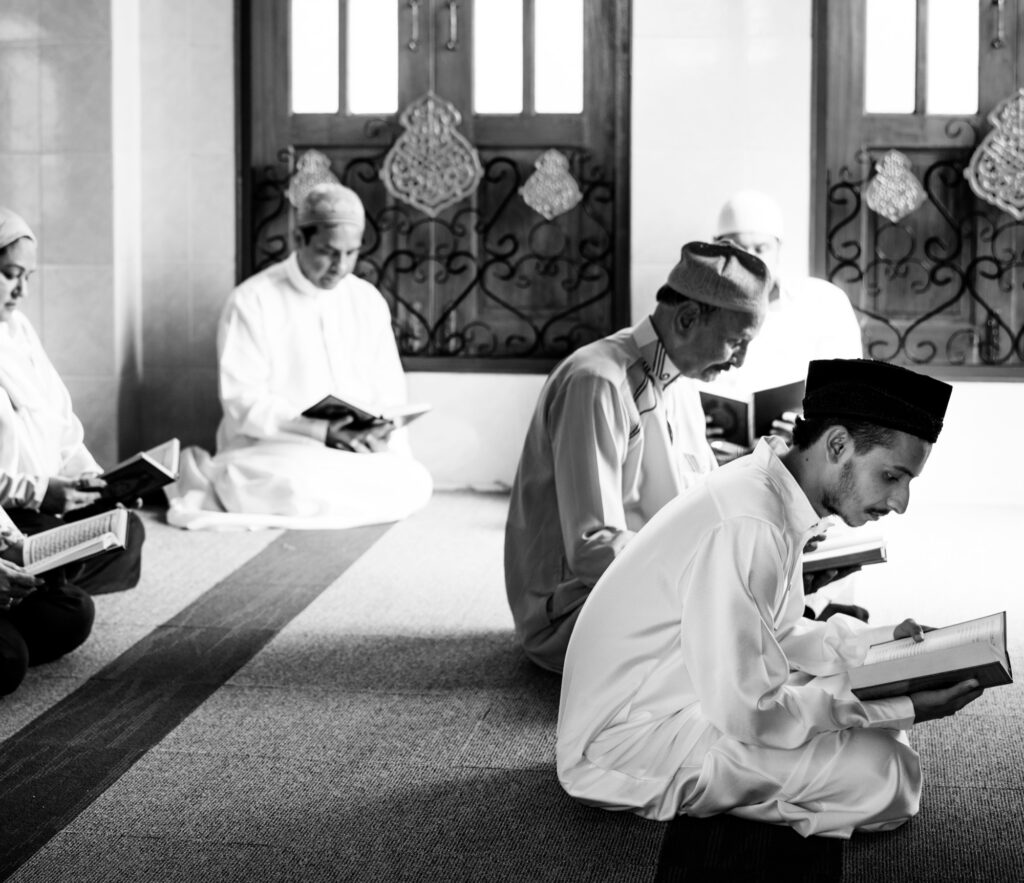
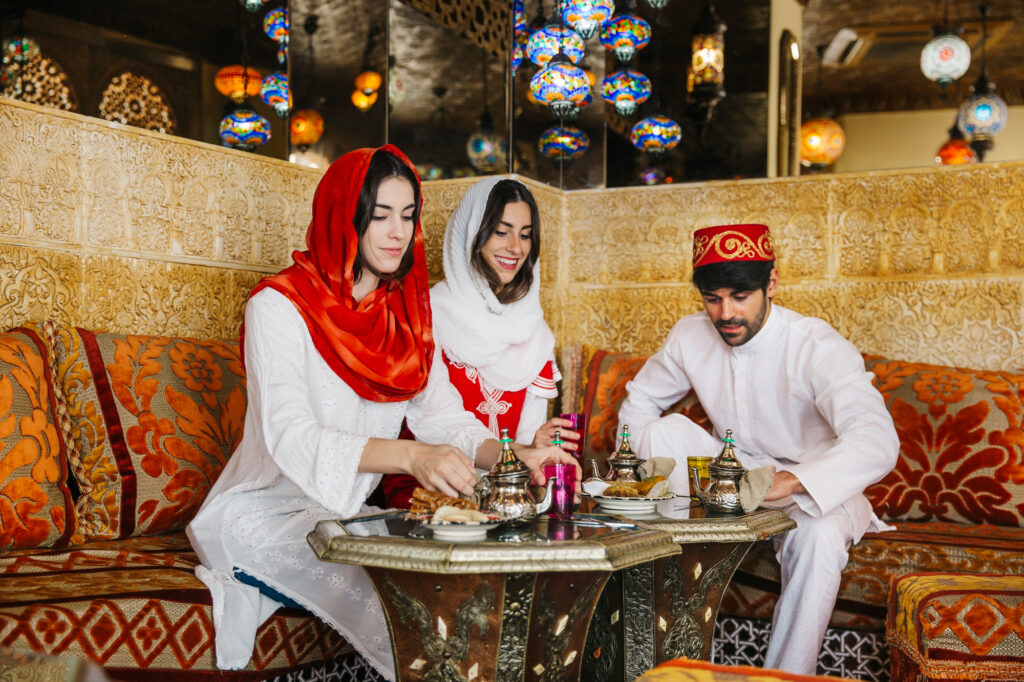

Cuisine
Emirati cuisine is a delicious blend of Arabian and Persian influences, with a focus on fresh
seafood, rice dishes, and flavorful spices. Harees, a slow-cooked wheat porridge with meat, is considered a national dish and is often served during Ramadan. Machboos, a spiced rice dish with meat or seafood,
flavored with dried limes, onions, and spices like saffron and cinnamon, is another staple. Chebab, pancakes stuffed with vegetables, meat, or cheese, and khameer, a traditional Emirati bread made with yogurt, are popular accompaniments.
For dessert, Emiratis enjoy luqaimat, deep-fried sweet dumplings drizzled with
date syrup or honey, and balaleet, sweet saffron noodles. Dates and Arabic coffee are integral parts of
Emirati hospitality and culture, often served to guests as a symbol of welcome and generosity.
